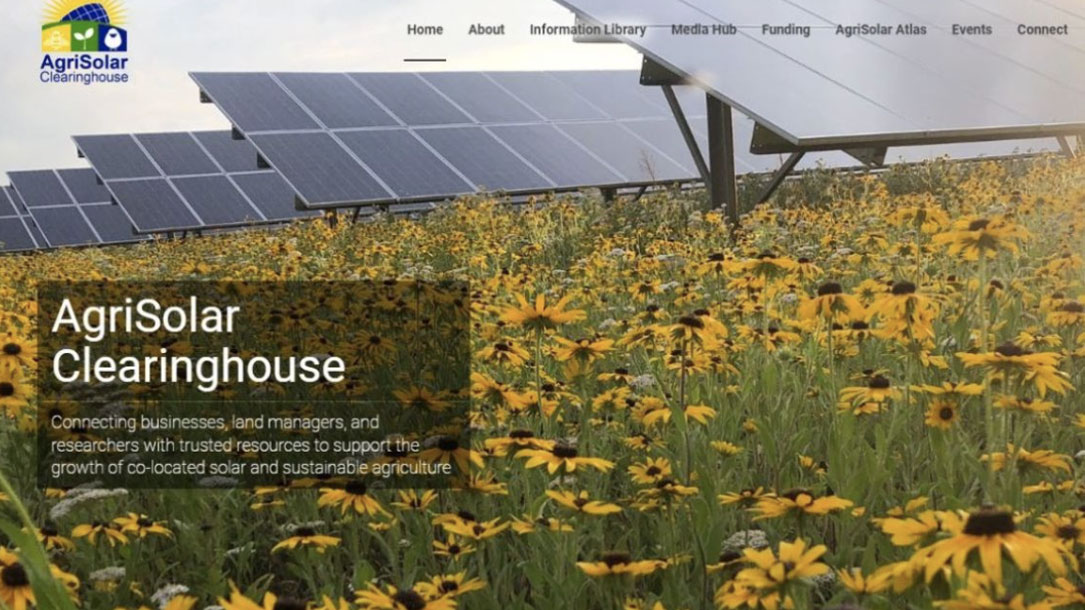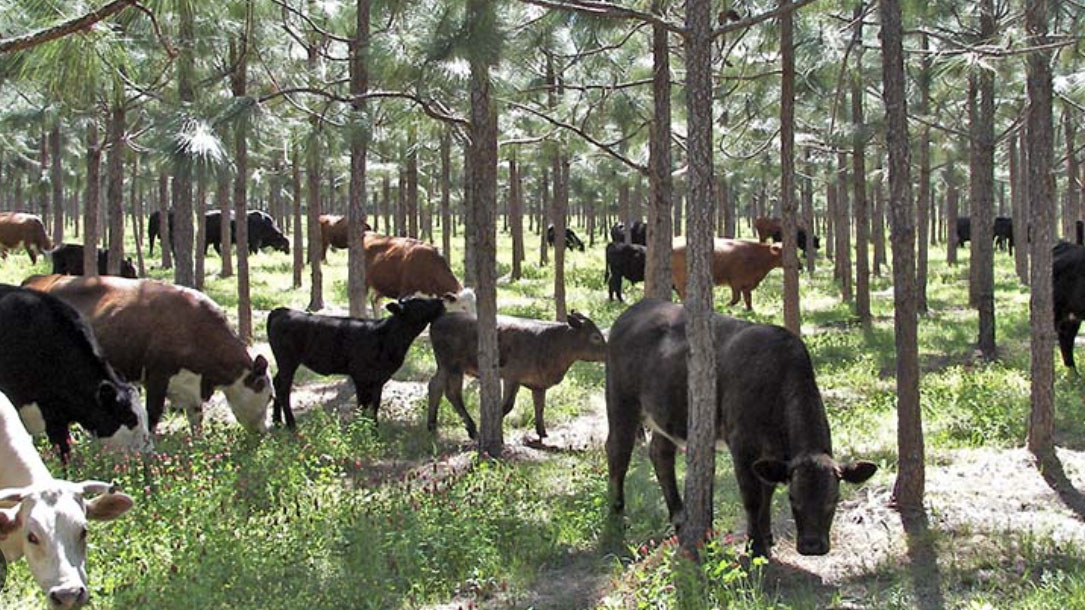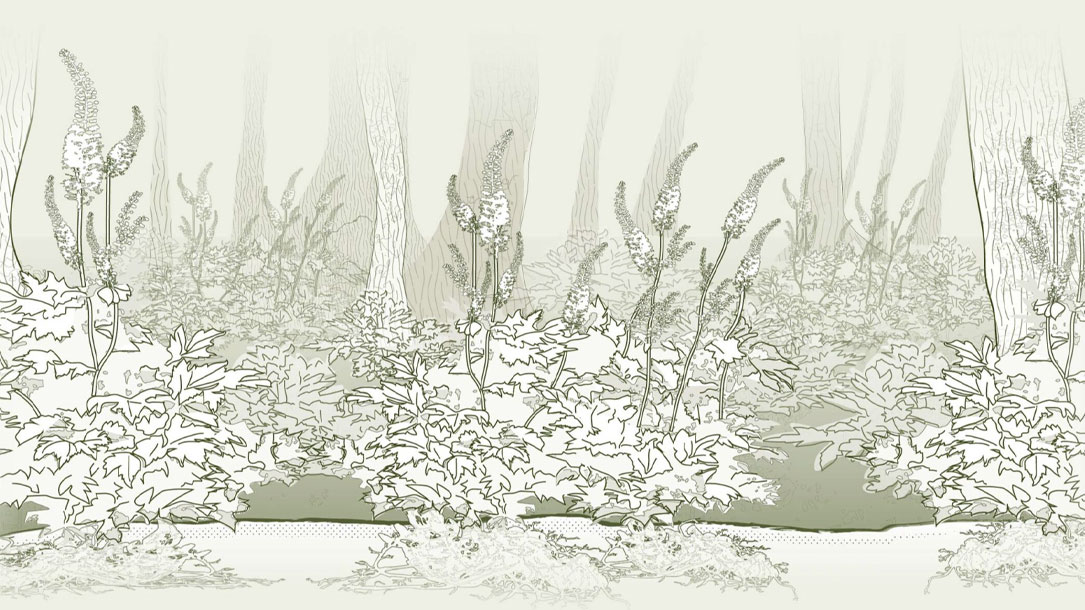Home > Climate News >

USDA: Feed grains sector at a glance
The major feed grains are corn, sorghum, barley, and oats. Corn is the primary U.S. feed grain, accounting for more than 95 percent of total feed grain production and use.
- The United States is the largest producer, consumer, and exporter of corn in the world.
- On average, U.S. farmers plant about 90 million acres of corn each year, with the majority of the crop grown in the Heartland region.
- Most of the crop is used domestically as the main energy ingredient in livestock feed and for fuel ethanol production.
- Corn is also processed into a multitude of food and industrial products including starch, sweeteners, corn oil, and beverage and industrial alcohols.

Corn and soybean production up in 2021, USDA Reports, Corn and soybean stocks up from year earlier, Winter Wheat Seedings up for 2022
WASHINGTON, Jan. 12, 2022 – Increased acreage and higher yields for corn and soybeans led to record high soybean production and near-record high corn production, according to the 2021 Crop Production Annual Summary released today by the U.S. Department of Agriculture’s National Agricultural Statistics Service (NASS).

Biden-Harris administration announces availability of Inflation Reduction Act funding for climate-smart agriculture nationwide
[Jargon alert, the article will explain more]
The IRA funding includes an additional $8.45 billion for EQIP, $4.95 billion for RCPP, $3.25 billion for CSP, and $1.4 billion for ACEP. The increased funding levels begin in fiscal year 2023 and rapidly build over four years. These additional investments are estimated to help hundreds of thousands of farmers and ranchers apply conservation to millions of acres of land.
Additionally, the IRA provides $300 million to quantify carbon sequestration and greenhouse gases (GHG) through the collection and use of field-based data to assess conservation outcomes. Information gained through this effort will be used to….

How satellite-guided cows might save the Kansas prairie and make ranchers more money
STRONG CITY, Kansas — Third-generation rancher Daniel Mushrush has 30-plus miles of barbed wire fence to tend to.
Calves wriggle beneath it. The wires get loose. Wild animals take a toll. And when streams surge after storms, rushing water often snaps sections in two.
For Mushrush and his family, the fence-mending on their Flint Hills ranch never ends. It’s inescapable.

Alley cropping case studies in Appalachia
The Natural Resource Conservation Service (NRCS) describes alley cropping as having several conservation purposes, including reducing surface water runoff and erosion, improving soil health, altering subsurface water quantity or water table depths, enhancing wildlife and beneficial insect habitat, increasing crop diversity, and increasing carbon storage.
Much like agrivoltaics with crops and/or cattle, the combined farming practice can increase overall yields and benefits. Plus, funding may be available. The case study focuses on Appalachia but could be emulated elsewhere.

Solar farms put cow comfort and crop yield ahead of harvesting electrons
Solar arrays that promise to generate happier, healthier cows and crops, while producing cheap electrons on the side, are being put into practice in France, following a series of government-led energy tenders with a difference…
To really drive home this focus, the French government used contracts for the difference where the price per MWh is set for 20 years above the market value to compensate for the prioritization of agriculture and livestock over maximum solar production…

Farmer first solar: Agrivoltaics webinar series
The AgriSolar Clearinghouse is an information-sharing, relationship-building public communications hub for all things agrisolar. The AgriSolar Clearinghouse is offering a free series of webinars regarding research on how solar and agriculture can work (and are working) together to enhance farm/ranch viability, soil health, and water management.
Webinar topics include: the cost of agrivoltaics, growing crops under solar panels, taste differences among crops grown under panels, solar and pollinator habitats, and more. You can sign up here, or watch recordings of past webinars.

Solar panels help French winemaker keep climate change at bay
A roof of solar panels shades Pierre Escudie as he inspects the last plump grapes to be harvested at his vineyard in southwest France, after a year of hard frosts and blistering heat that damaged many of his neighbors’ crops.
The solar panels insulate the grapes during periods of extreme cold and shield them from the sun’s harsh rays during heat waves. The panels also rotate to allow more light to hit the vines on more overcast days…

Mongabay series: Global Agroforestry
An ancient agricultural system, agroforestry combines trees with shrubs, crops, and livestock in a system that produces food, supports biodiversity, builds soil horizons and water tables, and sequesters carbon from the atmosphere — this series explores how and where it is being practiced by Indigenous communities, traditional agriculturists, and new farmers.

More on agroforestry
Agroforestry developed as a set of indigenous land-use practices over thousands of years across our global community. The interventions utilize trees, crops, and livestock in intimate combinations to produce positive ecological, social, and economic outcomes. In the United States, agroforestry systems are defined in the following ways: alley cropping, forest farming, riparian buffers, silvopasture, and windbreaks.












